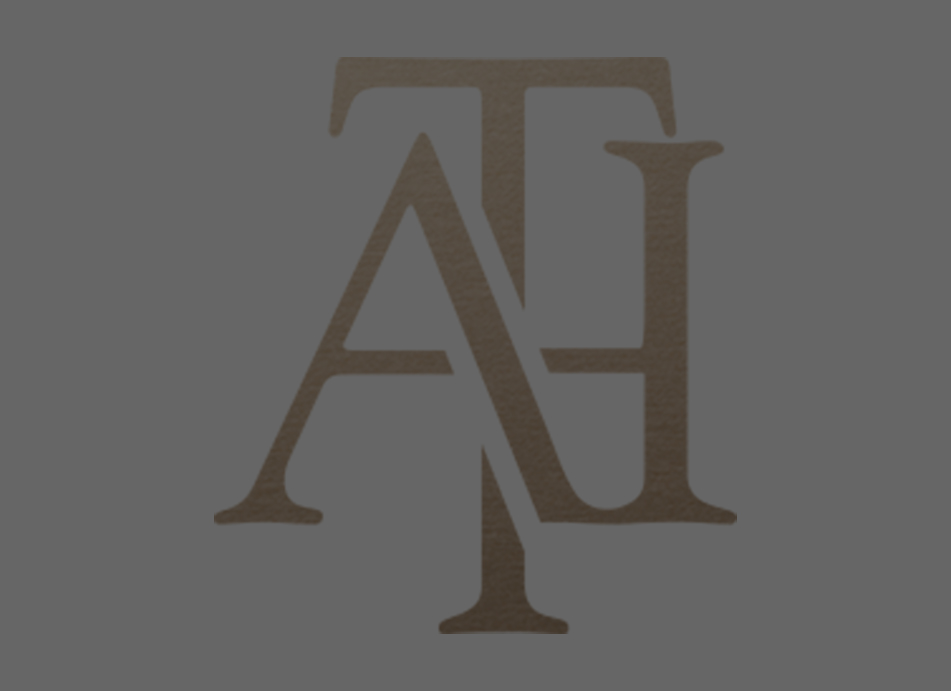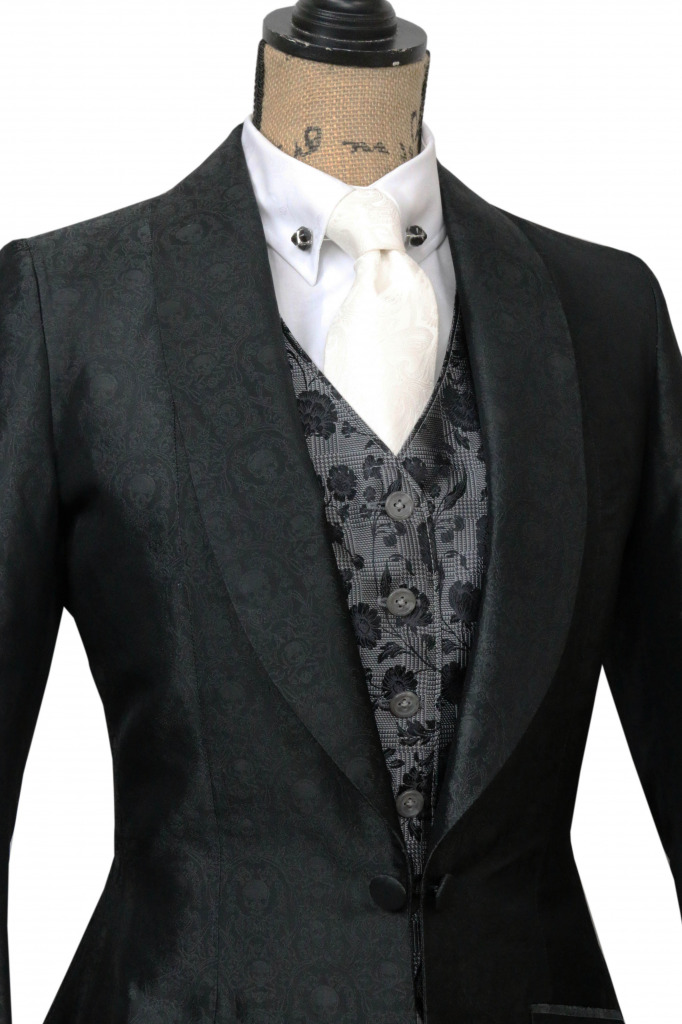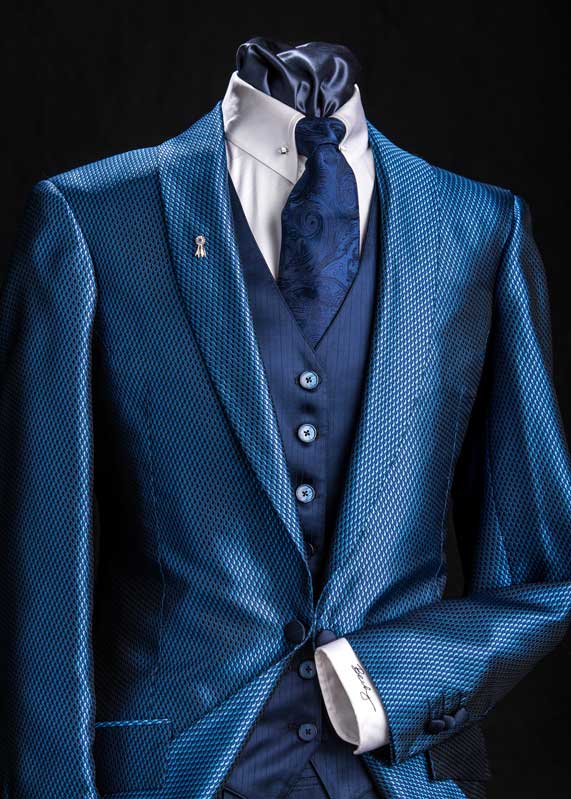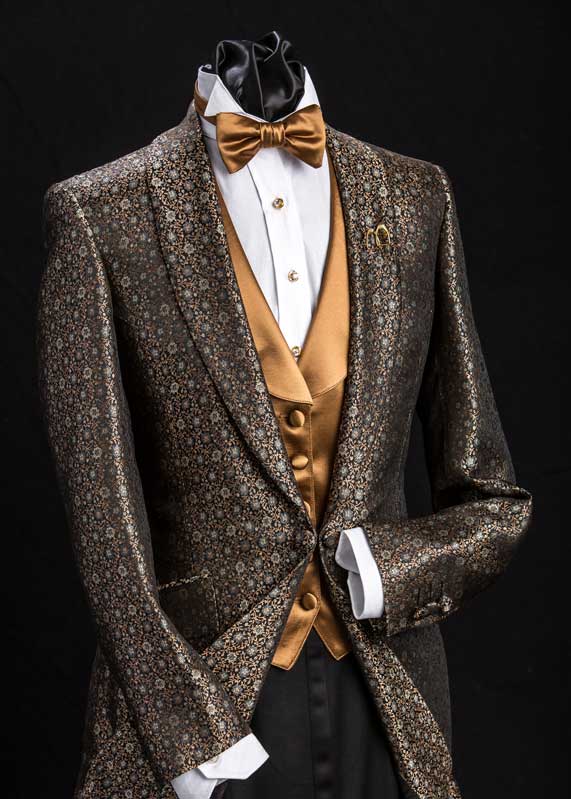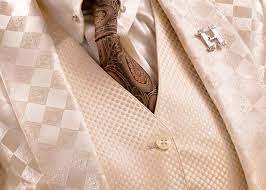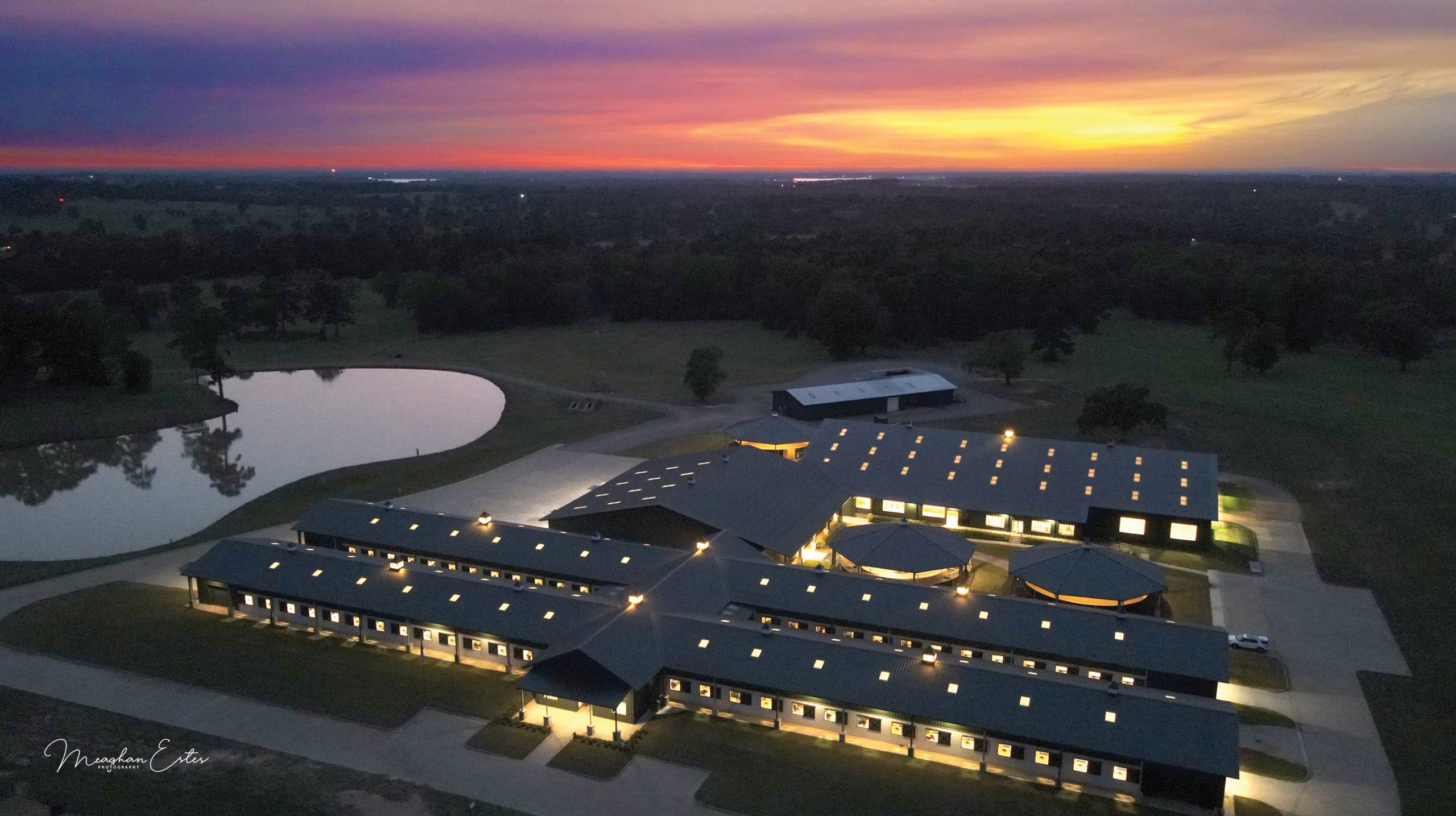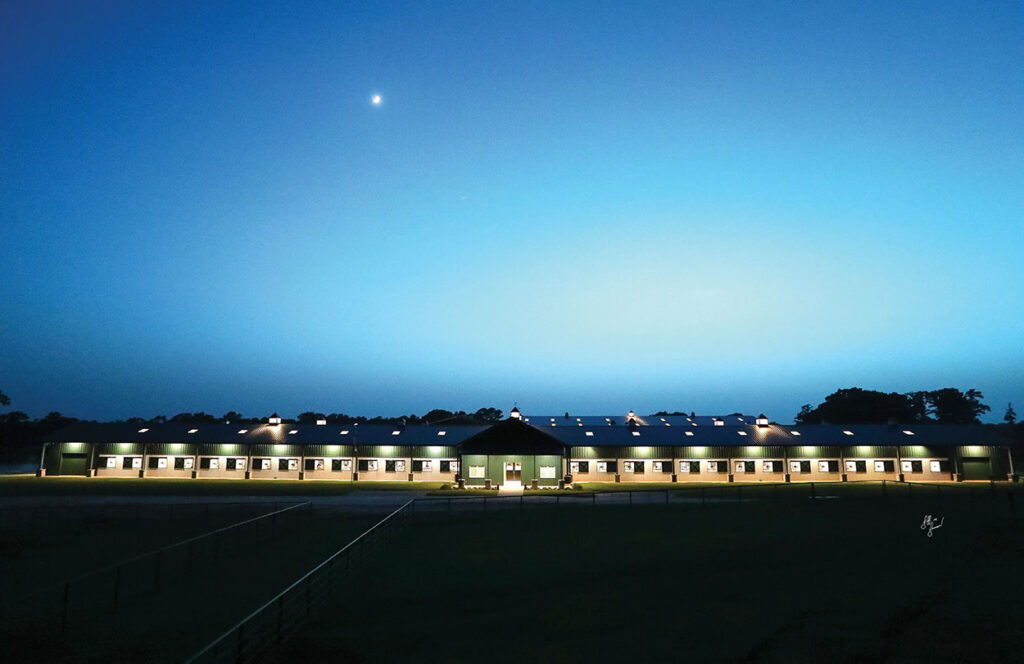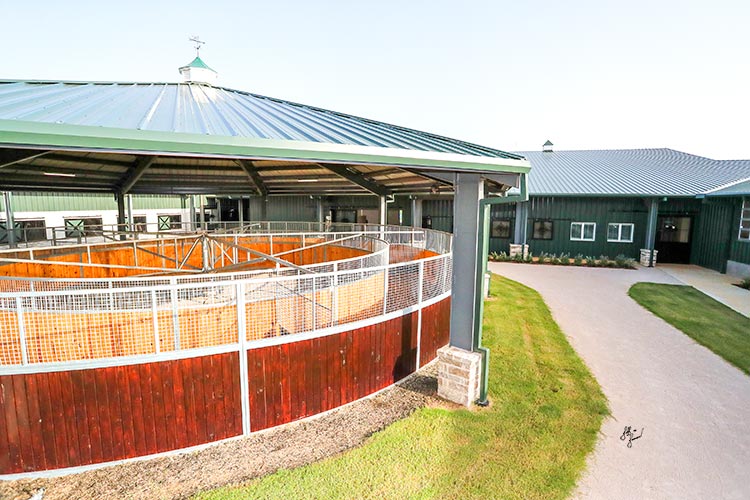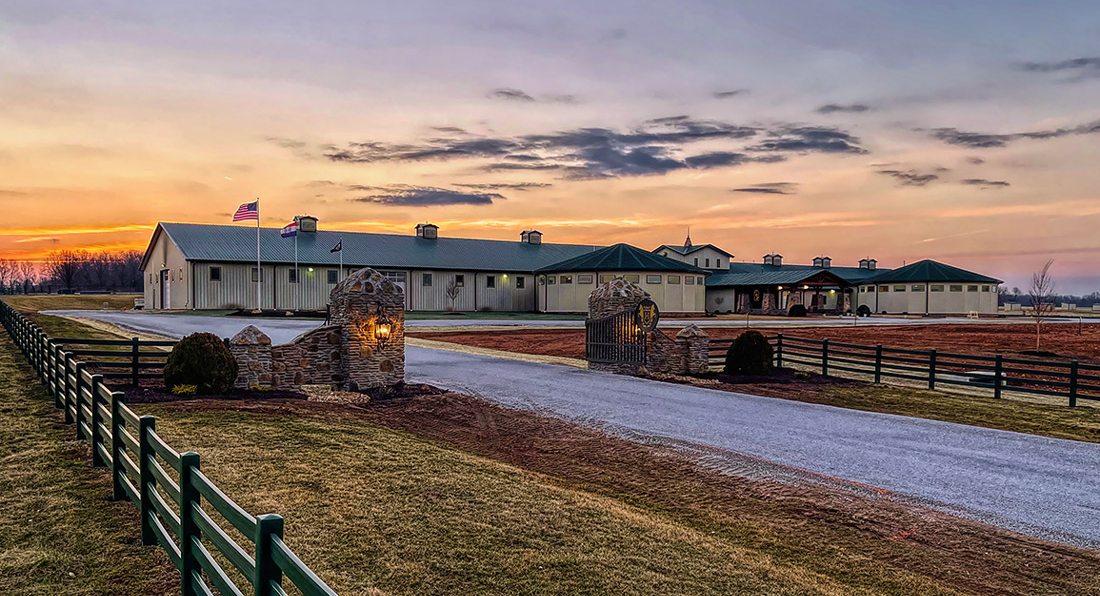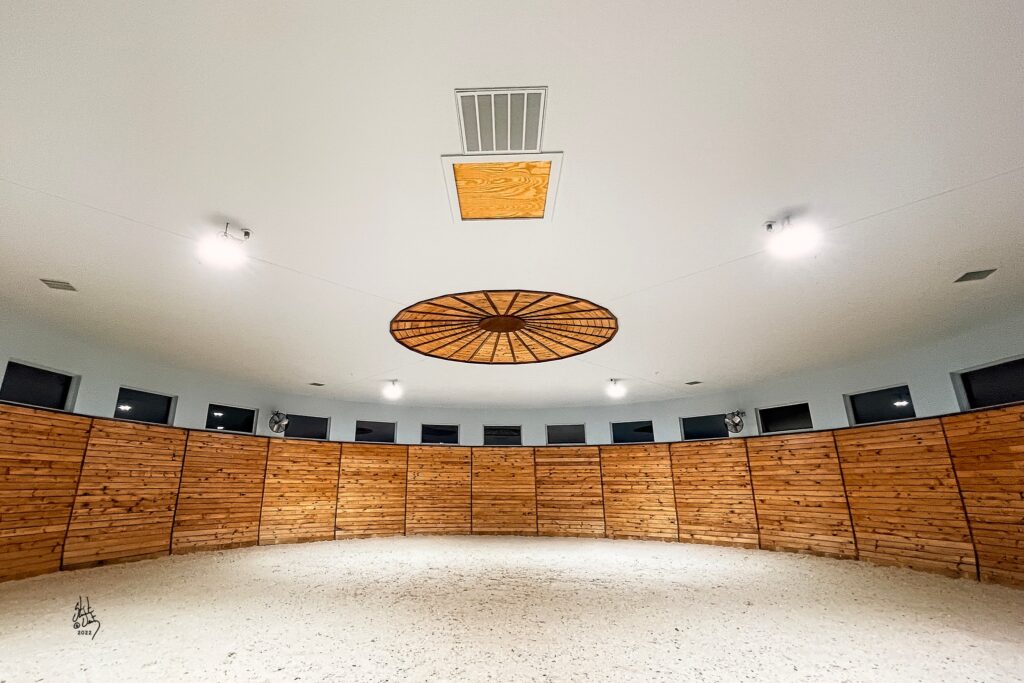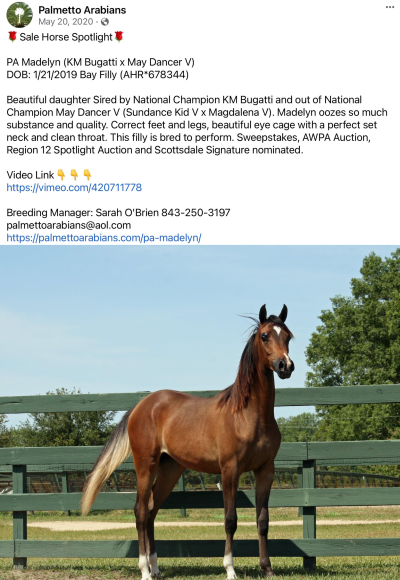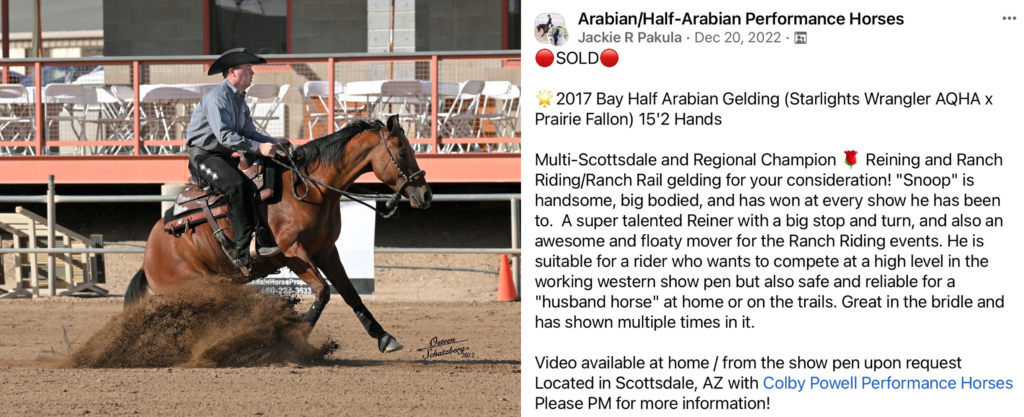Emily Maita – Sugar Pine Design
by Channing Turner
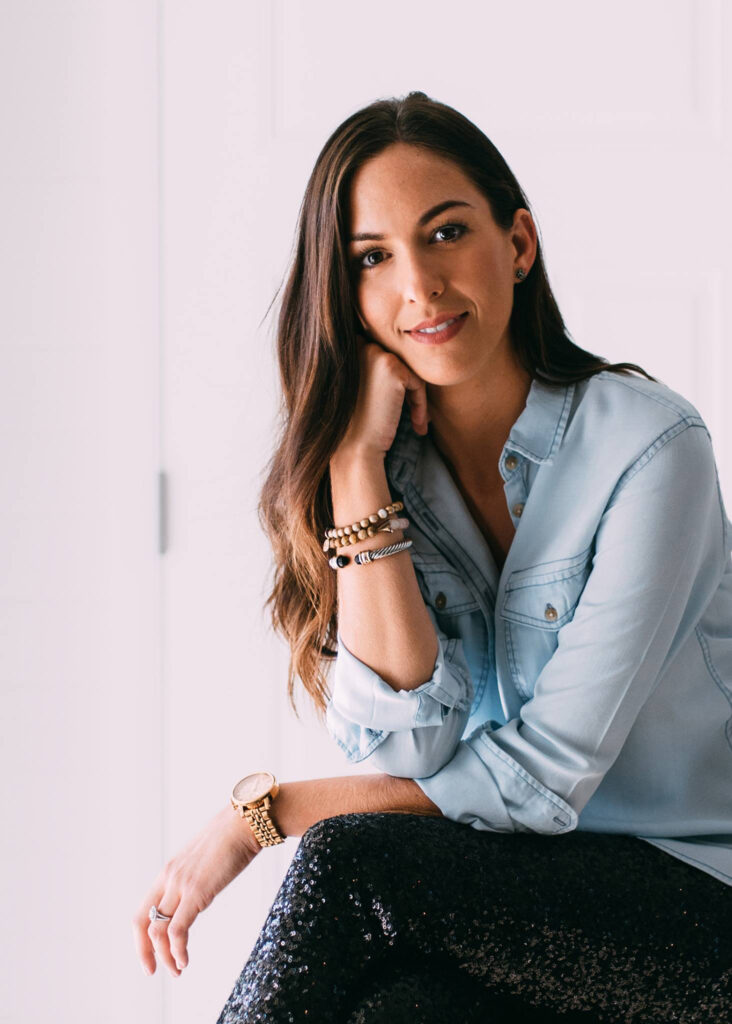
A key element of showing horses that is often overlooked is marketing a horse and rider pair. This week, Arabian Horse Times interviewed Emily Maita, owner and graphic designer at Sugar Pine Design. She creates ads for the Arabian, Saddlebred and Morgan shows.
First Steps
Emily explains that when she is starting on a new marketing campaign, it is important to listen to the customer. Understanding their objective and target audience is the first step in creating successful ads.
When she begins the process of creating an ad, Emily says, “Less is more – always!” It can be challenging to use blank space, but ultimately it is your friend. A minimalist approach without clutter typically brings more interest to the subject.
Picking out the format of the advertisement comes next. This is driven by the content and photos she has been provided. Each individual ad should be developed uniquely based on the provided materials. There is not one strict formula to follow, but tailor the ad to the horse – not the horse to the ad.
Mistakes to Avoid
A mistake Emily often sees is a lack of authenticity. No two horses are the same and no two campaigns should be the same either. It is important to stand out in the crowd – without clutter!
Tips and Tricks
One tip Emily has for anyone thinking about advertising for a horse show is to take time to nail down the right photos. The horse show industry has a great group of photographers that offer farm shoots if you do not find what you wanted at a horse show.
Check back next week for the next segment in our series of Fashion Do’s and Don’ts!





